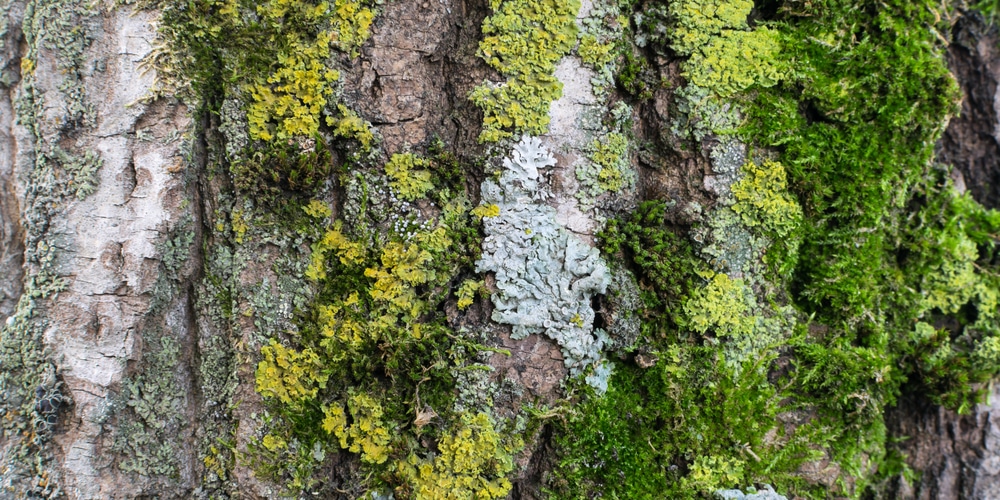Trees often have moss growing on their branches and trunk. While this isn’t a problem, some moss species, such as Spanish moss, can become invasive. Spanish moss often hangs from branches in tufts and looks like a nest. It’s an epiphytic plant that grows on trees. It is quite easy to remove this moss from trees.
Moss growth on trees is most commonly found in hot and humid climates, especially if you live beside a river or a swamp. Spanish moss won’t actually harm your tree, and some homeowners like the look it creates. Others think moss is an eyesore and want to remove it. Some varieties of moss can be affected by fungi or insect pests which can then be passed onto the tree. Let’s look at how to remove moss from trees.
Ways to remove moss from trees

There are many methods for removing moss from trees. You can use a copper spray which is found in commercial fungicides. These products are generally made from copper sulfate and also contain potassium and calcium hydroxide. These solutions are excellent for removing established moss and preventing it from regrowing or growing in new places.
Many gardeners recommend pulling the moss off the tree and then wiping the area down with a mixture of bleach and water. This will kill the moss, but if you use too much bleach may harm the tree.
If you’re looking for a more natural way to remove moss from your tree, including Spanish moss, you may like to try the following:
Remove Moss by Hand
One of the best ways to remove moss from a tree trunk and branches is to use a brush. First, pull off as much of the moss by hand as you can. It’s best to use gloves for this job and work slowly and carefully. Be very careful not to remove new buds or leaves, as this will slow down the growth of your tree. It’s best to do this job on a dry day so that the tree is completely dry. You can brush your trees in all seasons, but it’s best to avoid periods when frost is likely, as your tree, and the moss will be affected by moisture.
Use a Brush
Once you’ve removed as much of the moss as possible, you can start brushing. Use a soft-bristled brush to brush off any moss or algae visible on the tree’s trunk and larger branches. If you have trees such as Birch with peeling bark, don’t brush your trees as you’ll accidentally remove the bark and damage the tree.
Pressure Wash the Tree in Winter
During the winter months, you can also use a pressure washer on your trees. This will help remove any moss that is still stuck to the branches after removing it by hand and with a broom. If you decide to use a pressure washer, you should only do carry out the job in winter so that you don’t harm the trees sprouts. Be careful not to be too aggressive, as trees can freeze to death.
Pruning
Once you’ve removed as much of the moss as you can, you can also cut off any branches that are dead or decaying. You may need to call in a tree surgeon to help with this job. It’s best to remove decaying branches as they can encourage moss and fungi to grow.
It’s also a good idea to trim your tree branches using garden shears to create the desired shape of the canopy. Regular trimming also helps sunlight reach the lower branches and will help improve the health of your tree. Moss generally grows in shaded areas, so regular trimming will reduce the likelihood of moss developing again in the future.
It’s a wise idea to check your tree weekly to look for new moss growth. Getting rid of moss as soon as it starts to grow will be a lot easier to wait until it’s invaded your tree again.
Conclusion
Removing moss by hand is the best solution to the problem. You can then brush, and even pressure wash your tree to completely get rid of moss, fungus, algae, and lichen. It’s best to avoid using bleach on trees as this can be harmful. However, you may like to mix a bleach and water solution to use on nearby structures such as roofs, gutters, and walls.